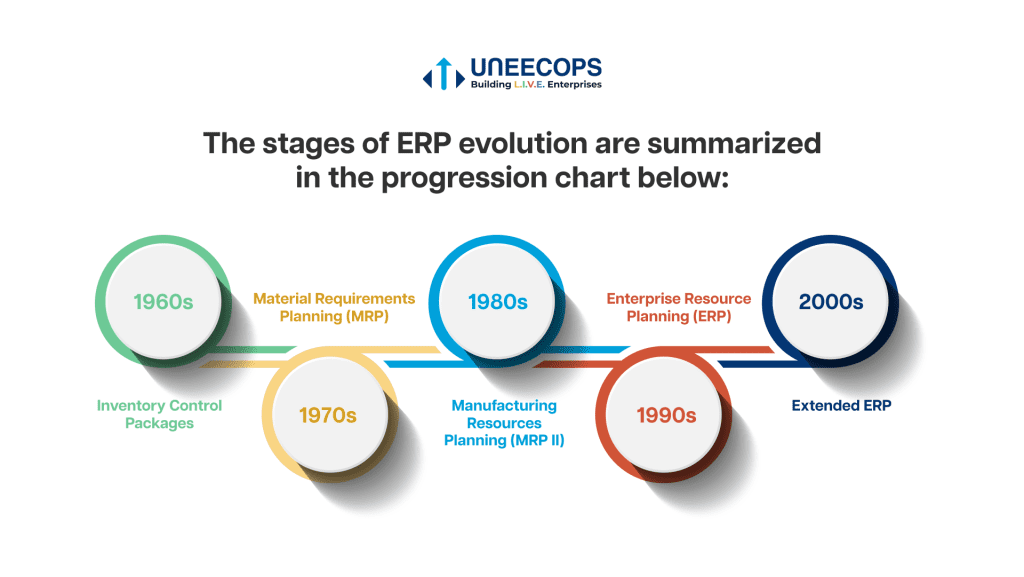Understanding Forbearance on Student Loans
Understanding the Reasons Behind Your Student Loans Being In Forbearance
Hey there! Have you ever wondered why your student loans are in forbearance? Understanding the reasons behind this financial holding pattern can help you make informed decisions about your repayment strategy. From unexpected life events to financial hardships, there are a variety of factors that may lead to your student loans being in forbearance. Let’s dive into some common reasons and shed light on how you can navigate this situation with confidence.
Understanding Forbearance on Student Loans
For many college graduates, student loans are a reality that can feel overwhelming. Fortunately, there are options available to help ease the burden, one of which is forbearance. But what exactly is forbearance when it comes to student loans? Essentially, forbearance is a temporary pause or reduction in your student loan payments. This can be a helpful option for borrowers who are going through financial hardship or facing other challenges that make it difficult to make their monthly payments.
There are two main types of forbearance: discretionary and mandatory. Discretionary forbearance is when your lender agrees to temporarily reduce or postpone your payments due to financial hardship or other reasons. In contrast, mandatory forbearance is when your lender is required to grant you forbearance based on specific criteria, such as serving in a medical or dental internship, being enrolled in a rehabilitation training program, or being a member of the National Guard.
It’s important to note that while forbearance can provide temporary relief, it is not a long-term solution for managing student loan debt. During forbearance, interest continues to accrue on your loans, meaning that you could end up paying more in the long run. Additionally, once forbearance ends, you may be responsible for making larger payments to catch up on the amount that was temporarily paused or reduced.
Before applying for forbearance, it’s essential to explore other options that may be available to you, such as income-driven repayment plans, deferment, or loan consolidation. These alternatives may offer more sustainable solutions for managing your student loan debt in the long term.
When considering forbearance, it’s crucial to understand the implications it may have on your overall financial health. While it can provide temporary relief from student loan payments, it’s essential to weigh the pros and cons carefully and consider how it fits into your overall financial plan. If possible, seek advice from a financial advisor or student loan counselor to help you make an informed decision about whether forbearance is the right choice for your situation.
Common Reasons for Putting Student Loans in Forbearance
There are a variety of reasons why individuals may choose to put their student loans into forbearance. Forbearance is a temporary pause on loan payments, typically granted for specific reasons and for a limited period of time. Here are some common reasons why students may opt for forbearance:
1. Financial Hardship: One of the most common reasons for putting student loans in forbearance is financial hardship. This could be due to unexpected expenses, loss of employment, or a decrease in income. When facing financial difficulties, individuals may find it challenging to keep up with their regular loan payments. In such cases, putting the loans into forbearance can provide some relief by temporarily suspending the payments until the financial situation improves.
2. Returning to School: Another reason why individuals may choose to put their student loans in forbearance is when they decide to further their education by returning to school. Going back to school often means taking on new student loans or tuition expenses, which can put a strain on the individual’s financial situation. By putting the existing student loans into forbearance, the individual can focus on their studies without the added stress of making loan payments. It allows them to prioritize their education and career advancement without worrying about immediate financial obligations.
3. Medical Expenses: Medical emergencies and unexpected health issues can also lead individuals to request forbearance on their student loans. Dealing with medical expenses can be overwhelming, especially if it results in additional financial strain. By putting the loans into forbearance, individuals can alleviate some of the financial burden and focus on their recovery without the added stress of making loan payments.
4. Unemployment: Losing a job can significantly impact an individual’s ability to make loan payments. In such cases, individuals may opt for forbearance to temporarily halt their loan payments until they are able to secure a new job and stabilize their financial situation. Forbearance provides a breathing space during the period of unemployment, allowing individuals to focus on finding a new job without the added pressure of loan payments.
5. Natural Disasters: Natural disasters such as hurricanes, earthquakes, or wildfires can cause widespread destruction and financial hardships for individuals. In times of natural disasters, individuals may face significant property damage, loss of income, and additional expenses for recovery efforts. Putting student loans into forbearance can provide some relief during these challenging times, allowing individuals to focus on rebuilding their lives without the added burden of loan payments.
Overall, putting student loans into forbearance can be a useful tool for individuals facing financial challenges or unexpected circumstances. It provides a temporary reprieve from loan payments, allowing individuals to manage their financial situation more effectively during times of difficulty. However, it’s important to note that forbearance is not a long-term solution and may result in increased interest payments over time. It’s essential to explore all options available and communicate with loan servicers to determine the best course of action based on individual circumstances.
Impact of Forbearance on Student Loan Repayment
Forbearance can have a significant impact on the repayment of student loans. When a borrower’s loans are in forbearance, they are not required to make payments during that period. This can provide temporary relief for borrowers facing financial hardship or other challenges that make it difficult to make their monthly payments. However, while forbearance can provide short-term relief, it can also have long-term consequences for borrowers.
One of the main impacts of forbearance on student loan repayment is that interest continues to accrue during the forbearance period. This means that even though borrowers are not making payments, their loan balance is still growing. As a result, borrowers may end up owing more on their loans once the forbearance period is over, potentially making it harder to pay off their debt in the long run.
In addition, forbearance can also affect a borrower’s credit score. While forbearance itself does not negatively impact a borrower’s credit, the increase in loan balance due to accruing interest can make it harder for borrowers to make their payments on time once the forbearance period is over. This can lead to missed payments and late fees, which can have a negative impact on a borrower’s credit score.
Furthermore, being in forbearance can delay a borrower’s progress towards loan forgiveness or repayment plans that are based on income. For example, borrowers who are pursuing Public Service Loan Forgiveness may find that being in forbearance delays their progress towards meeting the requirements for forgiveness. Similarly, borrowers who are enrolled in income-driven repayment plans may see their monthly payments recalculated once they exit forbearance, potentially resulting in higher payments.
Overall, while forbearance can provide temporary relief for borrowers struggling to make their student loan payments, it is important to be aware of the long-term impacts it can have on repayment. Borrowers should carefully consider whether forbearance is the best option for their financial situation and explore alternative options, such as income-driven repayment plans or loan consolidation, to help manage their student loan debt in the most effective way.
How to Qualify for Forbearance on Student Loans
For many borrowers, student loan forbearance can provide temporary relief by allowing them to pause or reduce their monthly payments. However, not everyone is automatically eligible for this option. Here are some key factors to consider when determining if you qualify for forbearance on your student loans:
1. Financial Hardship: One of the primary reasons borrowers are granted forbearance on their student loans is due to financial hardship. This can include unexpected expenses, job loss, or a decrease in income. If you are struggling to make your monthly payments due to financial difficulties, you may be eligible for forbearance.
2. In-school Status: If you are currently enrolled in school on at least a half-time basis, you may be eligible for in-school deferment, which is a type of forbearance. This can provide relief while you are completing your degree program.
3. Active Military Duty: If you are a member of the military serving in a combat zone, you may be eligible for forbearance on your student loans. This can provide relief while you are on active duty and for a specified period after you return home.
4. Medical or Disability Issues: If you are experiencing a medical or disability-related issue that is impacting your ability to make your student loan payments, you may be eligible for forbearance. This can help alleviate some of the financial strain while you focus on your health and well-being.
It’s important to note that forbearance is not always the best solution for everyone, as interest may continue to accrue during this period. However, it can provide temporary relief for borrowers who are facing financial challenges. If you think you may qualify for forbearance on your student loans, contact your loan servicer to discuss your options and determine the best course of action for your individual situation.
Alternatives to Forbearance for Managing Student Loans
When facing financial difficulties, placing your student loans in forbearance may seem like the best option to temporarily pause payments. However, there are alternative methods that can help you manage your student loans without accruing more interest or negatively impacting your credit score.
1. Income-Driven Repayment Plans: One alternative to forbearance is enrolling in an income-driven repayment plan. These plans adjust your monthly payments based on your income and family size, making it more manageable for you to stay current on your loan payments. Income-driven repayment plans can also potentially lead to loan forgiveness after a certain number of qualifying payments.
2. Refinancing: Another option to consider is refinancing your student loans. By refinancing, you may be able to secure a lower interest rate, resulting in lower monthly payments. This can help you save money over the life of your loan and make it easier for you to stay on track with your payments. However, it’s important to carefully review the terms and conditions of your new loan before refinancing.
3. Deferment: If you meet certain eligibility criteria, you may qualify for deferment, which allows you to temporarily postpone payments on your student loans without accruing interest. Deferment is typically granted for specific reasons, such as returning to school, economic hardship, or unemployment. While deferment may offer a temporary reprieve from your loan payments, it’s important to understand the terms and conditions of deferment before applying.
4. Extended Repayment Plans: Some lenders offer extended repayment plans that allow you to extend the term of your loan, resulting in lower monthly payments. While this may provide short-term relief, it’s important to consider the long-term implications of extending your repayment period, as you may end up paying more in interest over time. Be sure to weigh the pros and cons of an extended repayment plan before making a decision.
5. Loan Rehabilitation: One alternative to placing your student loans in forbearance is loan rehabilitation. Loan rehabilitation involves making a series of consecutive, on-time payments to bring your loan current and remove the default status. This can help improve your credit score and potentially qualify you for additional repayment options, such as income-driven repayment plans. Additionally, loan rehabilitation can prevent your loan from being sent to collections, which can have long-lasting negative effects on your credit.






